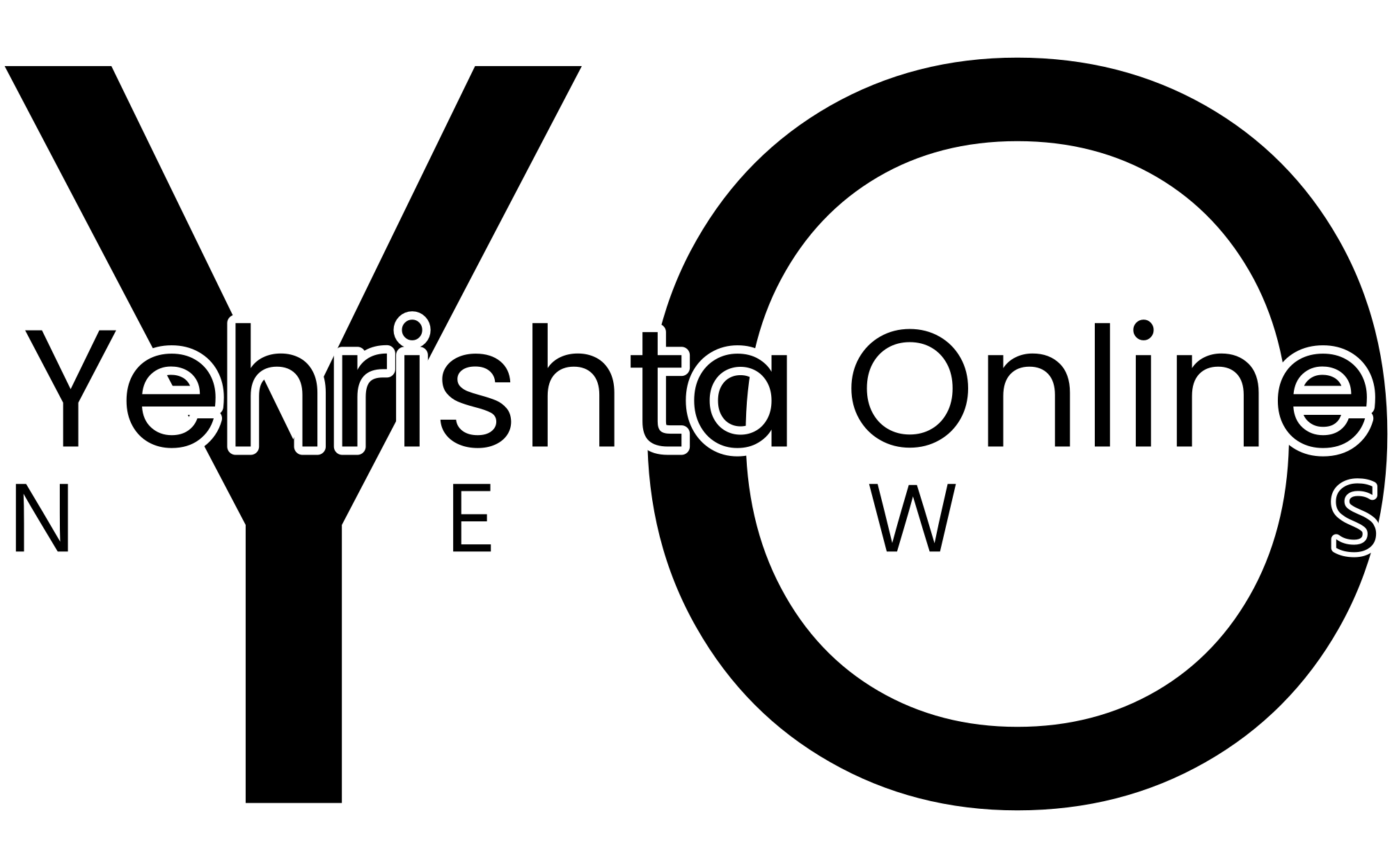Details of Charles Darwin’s vast personal library, from an article on epileptic guinea pigs to the Elizabeth Gaskell novel he loved, are being published in full for the first time.
The project required nearly two decades of painstaking, detective-like work to track down the thousands of books, journals, pamphlets and articles in the naturalist’s library.
John van Wyhethe academic who led the “overwhelming” undertaking said it showed the extraordinary breadth of Darwin’s research into the work of others.
“It also shows how incredibly eclectic Darwin was,” Van Wyhe said. “There is a vast sea of things that could be American or German newspaper clippings about an invasive duck or grasshoppers. That’s been the fun part, not the formal books but the other things…all of which come together to create the theories and publications that we all know.
The 300-page catalog published by Darwin online details 7,400 titles across 13,000 articles, including journals, brochures and reviews.
Some books date back to Darwin’s school days, such as Oliver Goldsmith’s A History of England (1821), which he won as a prize, or his headmaster’s textbook on ancient geography.
Researchers have sometimes used auction records to piece together stories.
For example, an auction record reveals that Darwin owned a copy of an 1826 article written by the ornithologist. John James Audubon, “Account of the habits of the turkey hawk (Vultura aura), particularly with a view to exploding the generally held opinion on its extraordinary odorous power.“.
In 2019, a copy of Elizabeth Gaskell’s 1880 novel Wives and Daughters appeared at auction. A note there states: “This book was one of Charles Darwin’s great favorites and the last book to be read aloud to him. »
Previous lists of what was in Darwin’s library only covered about 15 percent of what it actually contained, van Wyhe said.
The new list shows that Darwin had volumes on a dizzying array of subjects, including biology, geology, philosophy, psychology, religion, agriculture, art, history and travel.
More than half of the works are in English and the rest in languages such as German, French, Italian, Spanish, Dutch and Danish.
One of the articles is a German periodical containing the first known photograph of bacteria.
Other items in the library have titles such as “The Anatomy of a Four-Legged Chicken,” “Epileptic Guinea Pigs,” and “The Hateful or Colorado Grasshopper.”
The project includes a virtual reconstruction of the library, with 9,300 links to freely available copies of works.
No one, his supporters say, has influenced our knowledge of the natural world as much as Darwin.
His 1859 masterpiece, On the Origin of Species, sets out the theory that explains the evolution of life on Earth. It is considered a book that changed the world, a book that mattered then and matters today.
Van Wyhe, a historian of science at the University of Singapore and director of Darwin Online, said it all showed that Darwin was “not an isolated figure working alone but an expert of his time drawing on science, studies and other sophisticated knowledge of science.” thousands of people.
“The size and diversity of the library’s works make manifest the extraordinary breadth of Darwin’s research into the work of others.”
The library’s release coincides with what would have been Darwin’s 215th birthday, February 12.
Much has been written about Darwin, but this is the first time his library has been cataloged in its entirety.
Van Wyhe said: “Now that we’ve done this, I wonder ‘why wasn’t this done many years ago’? Darwin is someone who has been written about more than most historical figures… there are jokes about it, we call it the Darwin industry.

